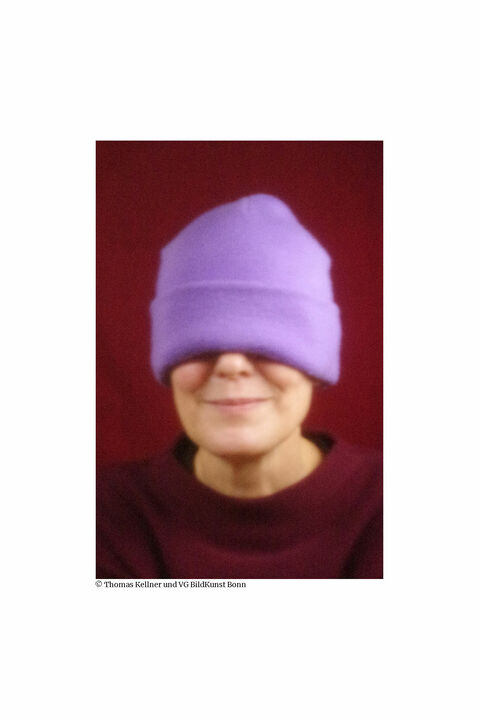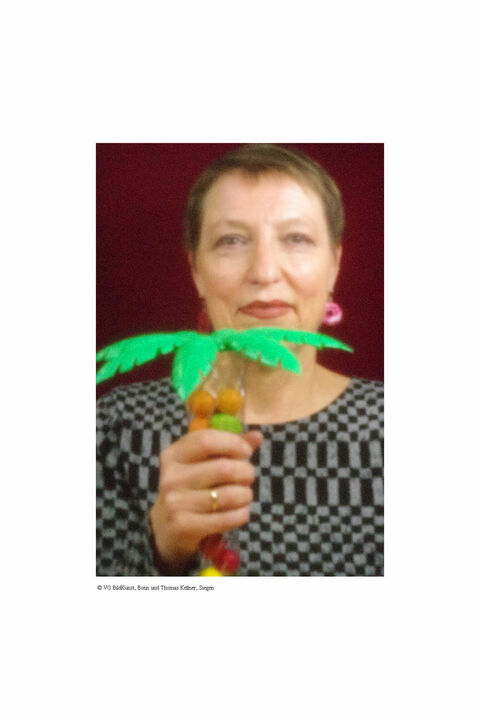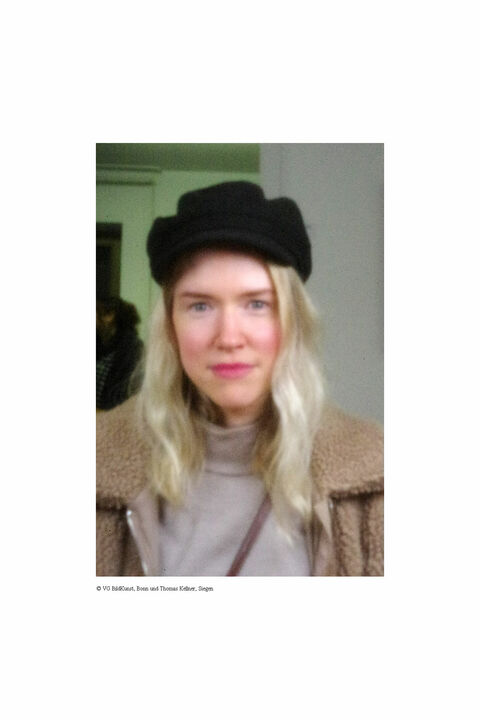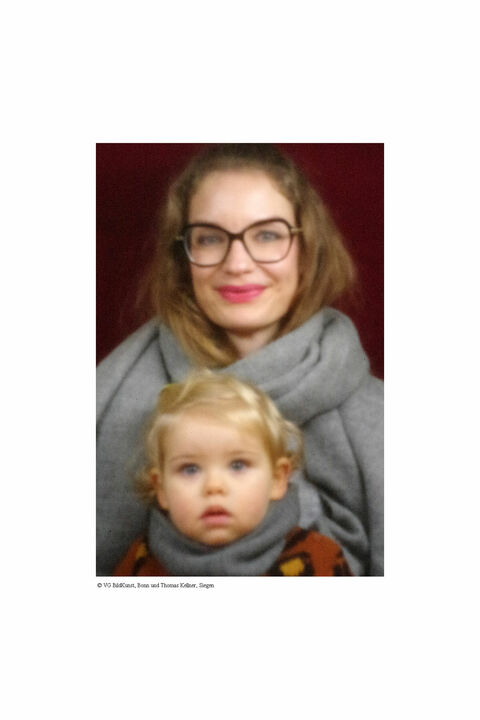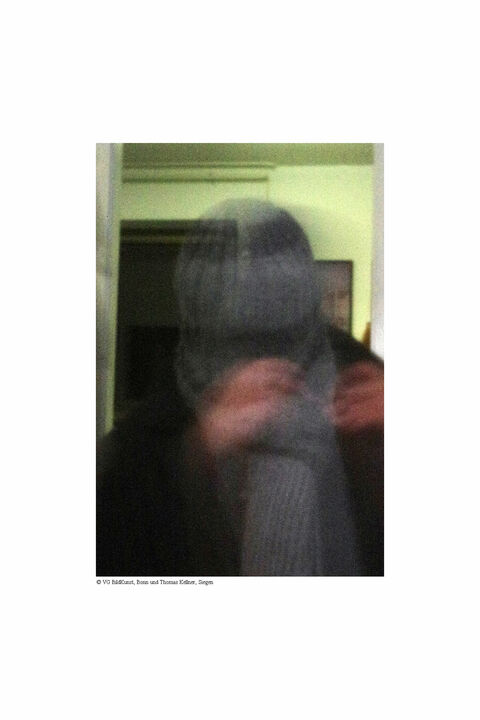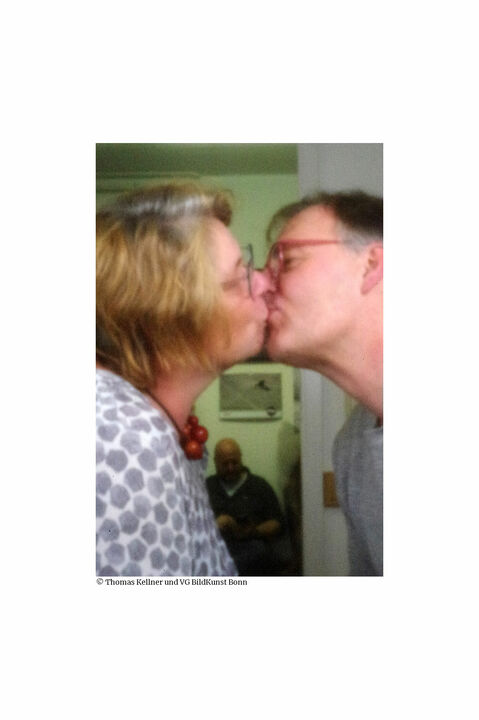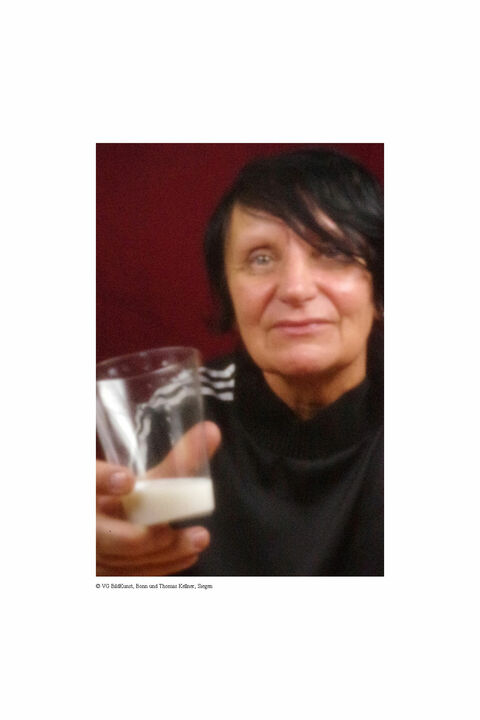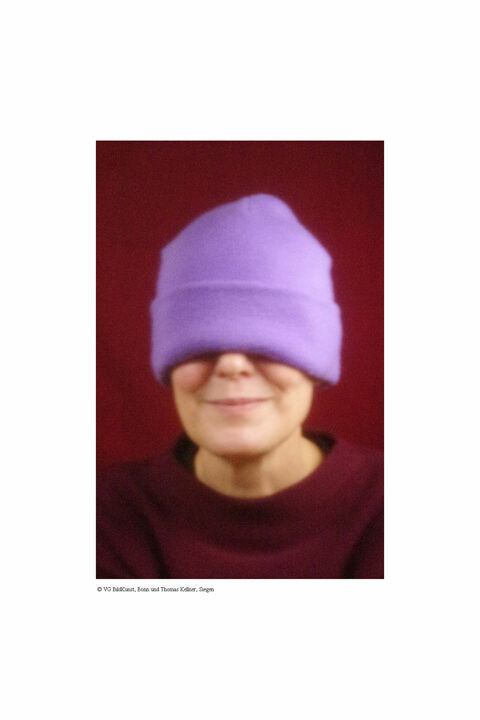Kiss of pink eternity
In December 2019, Thomas Kellner once again dedicated his time to pinhole photography. The people he portrayed were visitors to a regional art fair of which Kellner created digital pinhole camera portraits of young and old, friends and acquaintances. He made several series of this kind in the past, such as his quick snap portraits of the impossibility of photographing identity. If you look closely, however, you will see the small differences that set the work "Kiss of pink eternity" apart from the previous series. The portraits appear clearer, yet they are characterized by the typical blurring of a pinhole camera. They are smaller in format than Kellner's previous series, but still no less expressive. So what is it that keeps our eyes on them? What is so fascinating about these pictures and why might you even look at them a second time? What does our human eye focus on when the focus seems to be missing at first glance? The fascination lies in the blurriness of the images. Structures disappear, the material of a garment, for example, can only be guessed at and the facial features also appear less clear than in a normal portrait. Nevertheless, the person portrayed is always in the focus of the viewer. The blurriness of the image stimulates our imagination, suggests what the scenario might have been like, leaves room for speculation. Blurred facial features are a reason to take a closer look than you might have done with an ordinary portrait. Even though "Kiss of pink eternity" looks clearer than Kellner's previous pinhole camera works, this series is yet more proof of the fascination that goes with pinhole camera photography. It shows that the picture cannot be planned, which makes each portrait unique and reveals a new side of photography to its viewer.
“There is no way to neither classify it as photography nor declassify it as such.” Corrêa do Lago, André. 2010. “Thomas Kellner and the Challenge of Connection Between Photography and Architecture.” In Brasília. 50 anos de utopia moderna, edited by Karla O. Netto. 1500th ed., 22. Brasilia: Editora ARP Brasil.
